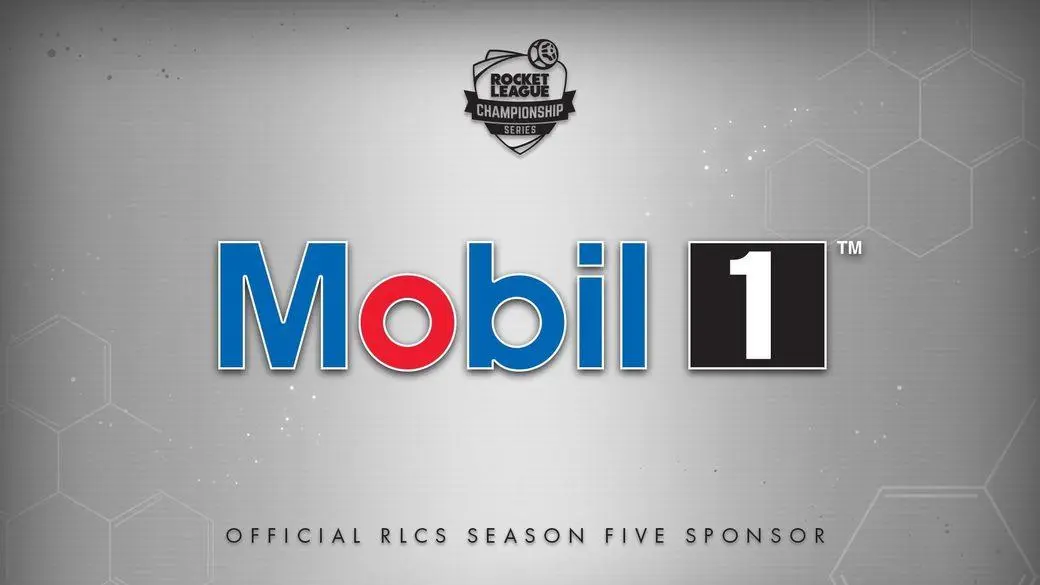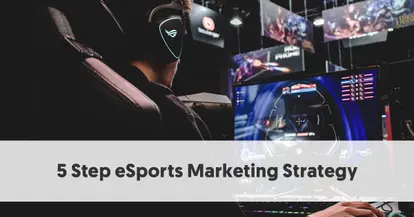Brands have used professional sports as a marketing opportunity since, well, ever. It’s not a new concept. What is a (relatively) new idea is that video gaming could be considered a professional sport. Sure, it takes coordination and practice to get good at games like Overwatch or DotA, but are these kids really athletes? The answer to that is, “No, they’re not, and who cares?” Because everything else about eSports plays out exactly like professional sports—leagues form, teams compete, fans of the game pay money to see them do it live in stadiums, or they watch a broadcast of it at home. Whether the game is football or Fortnite should hardly make a difference to brands and marketers. In both cases, there is a demographic with a clearly defined interest and brands have an opportunity to market to them.

Source: statista.com
In 2018, revenue generated from the eSports industry approached $1bn, with nearly 80 percent of that revenue coming from sponsorships and advertising. And it’s not just gaming companies getting in on the action: Coca-Cola was one of eSports’ top sponsors, along with other big companies like T-Mobile, Audi, and Red Bull. There’s an opportunity to be had here, for sure, and you don’t have to be a huge multinational to get in on the action (that always helps, though).
Here are 5 steps to an eSports marketing strategy for brands of all sizes:
1. Identify your audience
Really, this is Marketing 101 stuff, but it’s also important to remember. People often see something new and unfamiliar and assume all the rules have changed. But marketing is marketing, and this means the basics still apply.
What you will have to figure out is the specific nature of this audience—that much is new. The problem here is that eSports is kind of an umbrella term, and doesn’t do much to point a finger at a specific audience. if you’re not terribly knowledgeable about the industry you’d be inclined to think “fans of eSports” is a good demographic to target. But that’s like saying you want to target fans of professional sports, as if there were an obvious between fans of, say, baseball and cricket. It’s the same thing with eSports: someone who loves watching World of Warcraft isn’t necessarily someone who’s into Rocket League.

Source: esports.rocketleague.com
It’s best to start out focused on a single game or league as your target. You can start with your own social audience to see if there already some natural affinities. Or, pick a game that seems to have some synergy with your product: Mobil1, makers of synthetic motor oil, did this when it sponsored the Rocket League Championships.
2. Find the best channels to reach them
This is another of those basic marketing strategies. You’ve identified an audience, and now the questions are: Where can you best reach them? How can you best approach them? For a company like Red Bull, those are easy questions to answer. For them, the answer to both questions is: Here take our money and bring them to us. For those of you who can’t afford to sponsor events or tournaments, you’re going to need to do a little more work. Of course, digital and social media marketing has made that work a little easier.

Source: adweek.com
Twitch and Youtube, in particular, are the go-to platforms for eSports fans. While Twitch was purpose-built for gamers to stream to an audience, Youtube was where this phenomenon first caught on. Find out who’s playing/broadcasting the game you’ve chosen as your target and place your ads there. You don’t have to be too selective here. In fact, it’s helpful to cast as wide a net as possible at first, running your ads on both Twitch and YouTube on a variety of channels.
3. Collaborate with influencers
Your social ads’ performance can help you move in this direction. If your ad did better with one creators audience over all else, that’s a person you should be looking at collaborating with. Depending on how well known your brand is, as well as the size of your budget, you may have to work your way down a list before finding a collaborator. Even at the micro-influencer level, though, you’ll still be well positioned to start developing a loyal community of followers and fans. Even if the only thing you do is just put “Brand X Presents” at the beginning of the influencer’s video and down in the description, you’re already making strides.
For one thing, this simple approach means you’re not interrupting someone’s viewing with a commercial. For another, collaborating in this way means you can bypass advertising altogether and get your brand featured in the actual content. Done right, this approach won’t alienate an audience sensitive to advertising; influencer marketing excels at building better customers precisely because of this. While it isn’t required, you’ve got a much better chance at success working with an agency, like Viral Nation, or a platform, like Upfluence, to find the right influencer.
4. Sponsor a team
This one sounds like we’re getting into big dollar territory, but it doesn’t have to be like that. Remember, eSports is big, but not nearly as big is it’s likely going to be. And, unlike professional sports with its limited amount of leagues and teams, eSports is a constantly evolving landscape. New games are always being released (and current games can suddenly lose popularity). The most popular teams of today might not be around after their game of choice falls out of favor. And the most popular teams of tomorrow haven’t even been formed yet—the game they’ll play hasn’t even been created yet! There will always be a ground floor to get in on.

Source: corsair.com
For bigger businesses with bigger budgets, it might only take a bigger offer to get established teams with existing sponsors on your side. Otherwise, companies have two options: they can start their own team, or find one through an agency. Starting your own might be more cost effective—unsigned talent tends to be cheaper. But if you’ve got the budget for it, going through an agency is better suited to a long lasting success. A full service agency like Upfluence can not only connect you with teams looking for sponsors, they also offer influencer marketing services and will be able to help you capitalise on that partnership.
5. Host a white-label event
The bigger tournaments are already spoken for to the tune of hundreds of millions of dollars. But there’s nothing that says you can’t host your own tournament. Smaller, private events can be a very effective way to not only market your brand, but they can also serve an entry point into serious eSports credibility. You can do something as simple as working with a local sports bar to host the event, setting up some consoles on their large screen TVs. Or you can go much deeper, using a company like ESP Gaming to provide you with everything you need to host something on a grander scale.
Now is the time
eSports is on the rise, and there’s no question that it will continue to grow. Part of the reason for this is how accessible it is, for players, fans, and brands alike. Nearly any avid gamer can joina team and become a star without the kinds of obstacles that professional athletes face. And eSports stars are eminently more relatable to fans, while the influencers in the scene are out there building loyalty through their streams and videos. And as we’ve seen, the dynamic nature of eSports, and it’s still budding existence, leaves a lot of room for brands of nearly any size to literally get in the game. So what are you waiting for?




